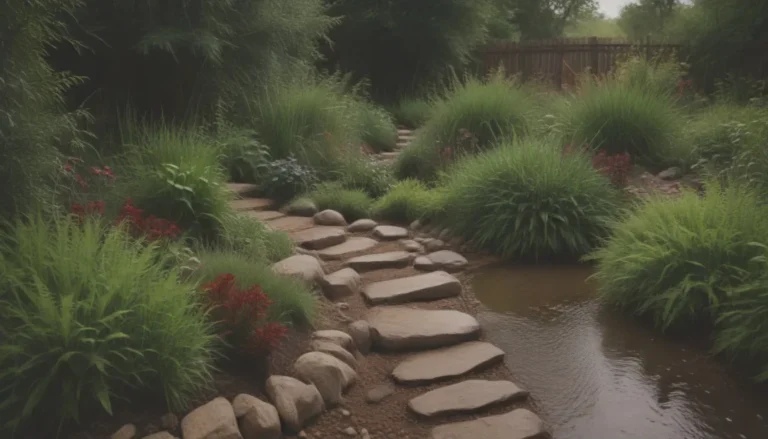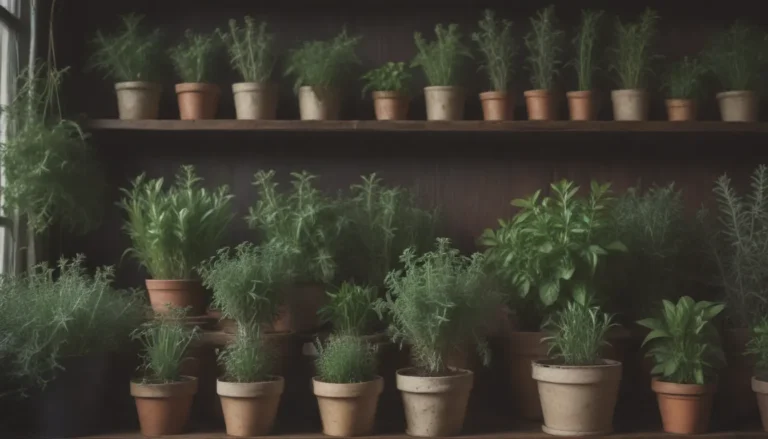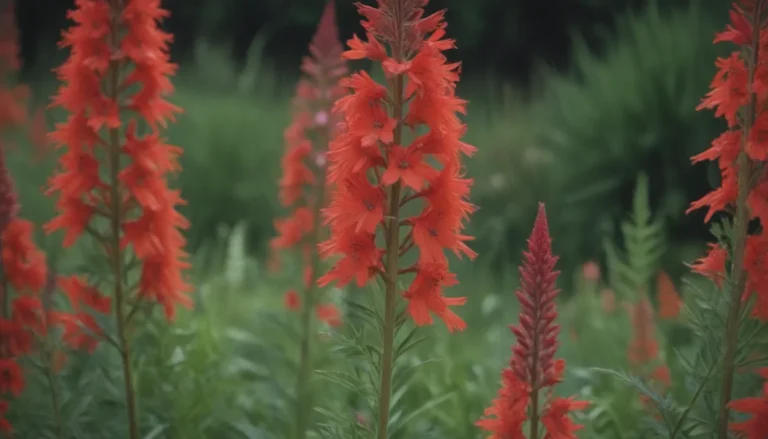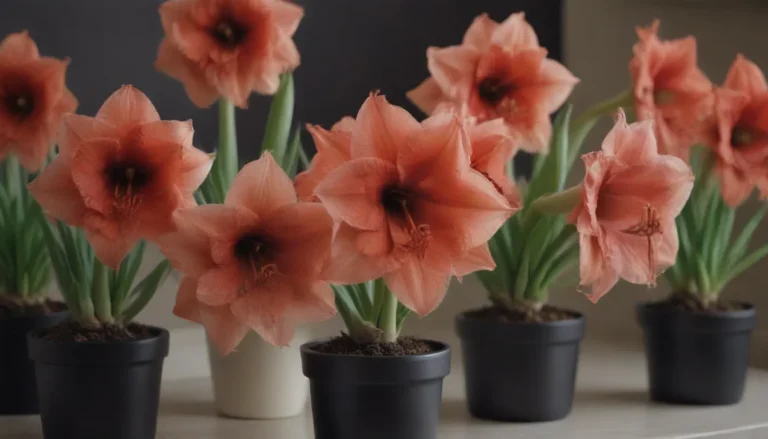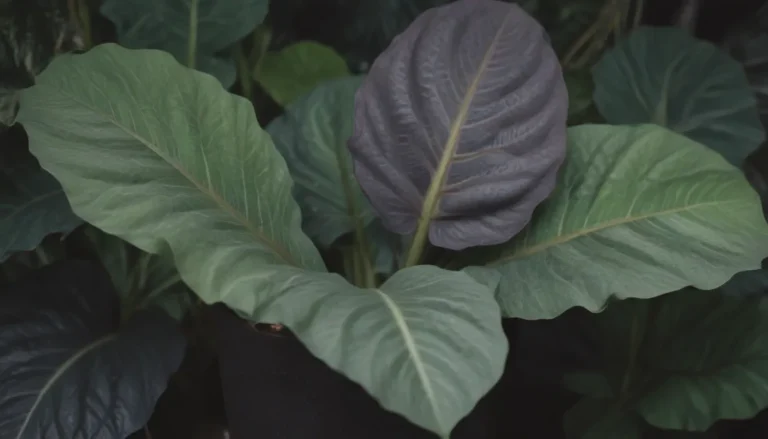The Complete Guide to Growing and Caring for Quinoa
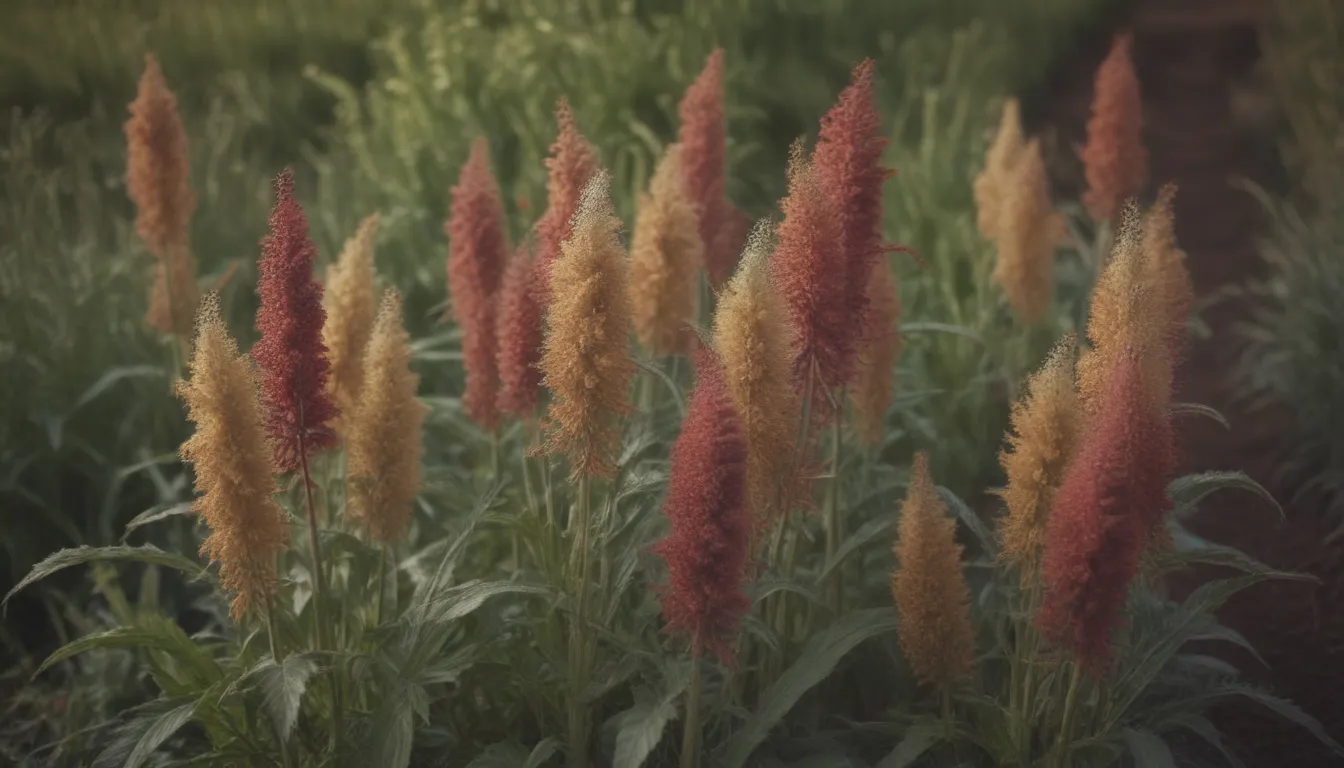
Have you ever considered growing your own quinoa? This versatile crop has been cultivated for centuries for its edible seeds, which can be cooked like rice or ground into a gluten-free flour for baking. If you’re interested in adding quinoa to your garden, here is everything you need to know about how to grow and care for this nutritious plant.
How to Plant Quinoa
When to Plant
Quinoa is sensitive to frost, so it’s best to wait until after the last frost has passed to sow your seeds directly into the ground. Alternatively, you can start your seeds indoors a few weeks before the last frost date. Be mindful of planting quinoa too late in the summer, as high temperatures can hinder its growth.
Selecting a Planting Site
Choose a sunny location for your quinoa plants, but be cautious of high heat. Look for a spot that receives plenty of sunlight but is protected from the harsh midday rays.
Spacing, Depth, and Support
When planting quinoa, space your seeds about 2 inches apart and plant them 1/4 inch deep in rows that are 1 to 2 feet apart. Once the seedlings have reached a few inches in height, thin them out so that there is a foot of space between each plant. Due to their top-heavy nature, quinoa plants benefit from staking for support.
Quinoa Care
Light
Quinoa plants thrive in bright, sunny locations that receive direct light, but they also appreciate some shade from the hottest part of the day.
Soil
Quinoa plants prefer well-drained, loamy soil that is rich in organic matter. Before planting, amend the soil with compost or fertilizer. Mulch around the seedlings once they have grown a few inches to prevent weed growth and retain moisture.
Water
Quinoa seedlings require consistent moisture until they are established. Once mature, they are relatively drought-tolerant but still benefit from regular watering. Allow the soil to dry out slightly between waterings.
Temperature and Humidity
Quinoa plants do best in cool, dry climates. High temperatures can hinder their growth and seed development. Ideal temperatures for quinoa range between 95 degrees Fahrenheit during the day and 25 degrees Fahrenheit at night.
Fertilizer
Before planting, amend the soil with compost or organic fertilizer. Quinoa plants do not require additional fertilization once established.
Pollination
Quinoa plants are generally self-pollinating and do not require manual pollination.
Types of Quinoa
There are many cultivated types of quinoa, categorized as white, red, or black. Here are a few popular cultivars you can grow at home:
- C. quinoa ‘Brightest Brilliant’
- C. quinoa ‘Red Head’
- C. quinoa ‘Oro de Valle’
- C. quinoa ‘Biobio’
Quinoa vs. Amaranth
Quinoa and amaranth seeds are similar, both being gluten-free “ancient grains.” Amaranth has a stronger flavor and higher iron and protein content than quinoa.
Harvesting
Quinoa plants are ready for harvest 90-120 days after planting. When the leaves have fallen off and only dried seed heads remain, the seeds are ready. Harvest the seeds by stripping them upwards towards the stalk. Dry the seeds thoroughly before storing in an airtight container.
Pruning
Quinoa plants do not require pruning unless they become too top-heavy. In that case, you can trim some of the leaves to balance the plant.
How to Grow Quinoa from Seed
Plant quinoa seeds directly into the garden after the last frost, with a soil temperature of around 60 degrees Fahrenheit. Space rows 12 inches apart and 2 inches apart within the row. Thin out seedlings to one plant every 10-12 inches once they sprout. Quinoa seeds typically germinate in 4-5 days and are ready to harvest in 90-120 days.
Common Pests
Quinoa seeds are naturally protected from pests by saponin, but the leaves can be targets for aphids, flea beetles, and leaf miners. Quinoa plants are generally hardy and resistant to serious pests or diseases.
In conclusion, growing quinoa can be a rewarding experience that provides you with a nutritious and versatile crop. By following these guidelines for planting and caring for your quinoa plants, you’ll be on your way to a successful harvest in no time. So why not give quinoa a try in your garden this year?
